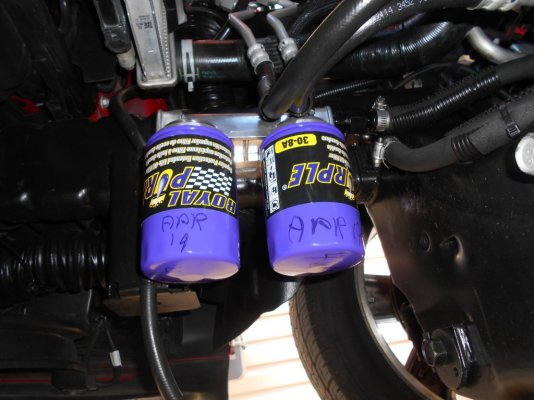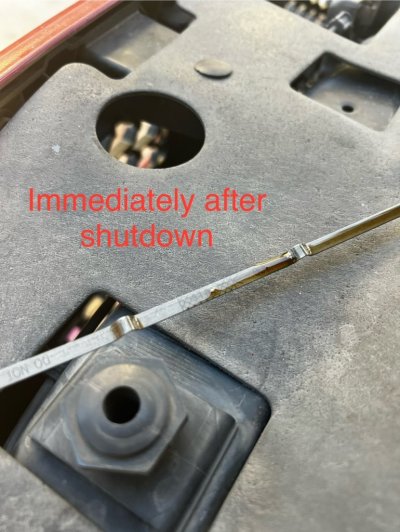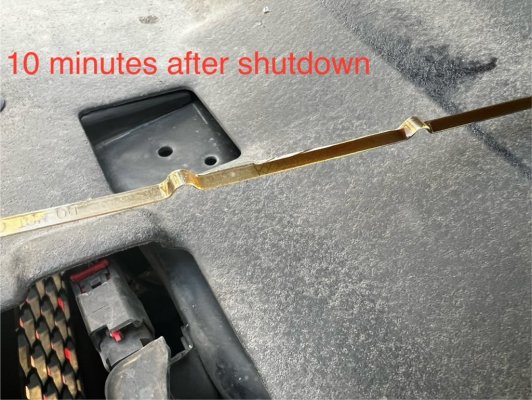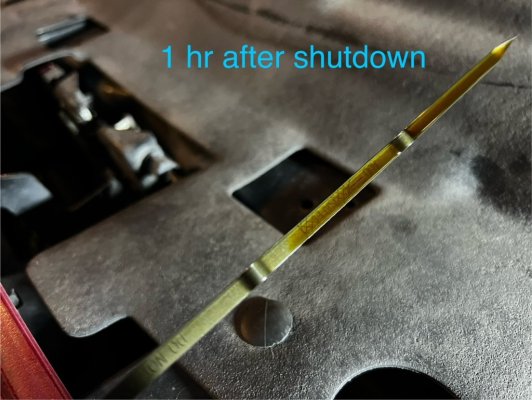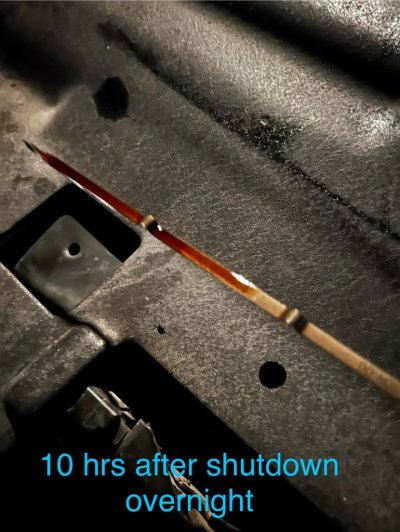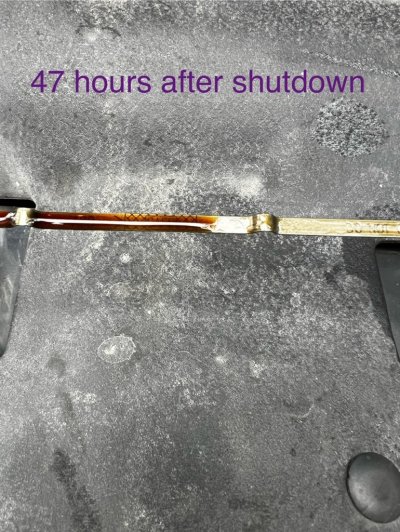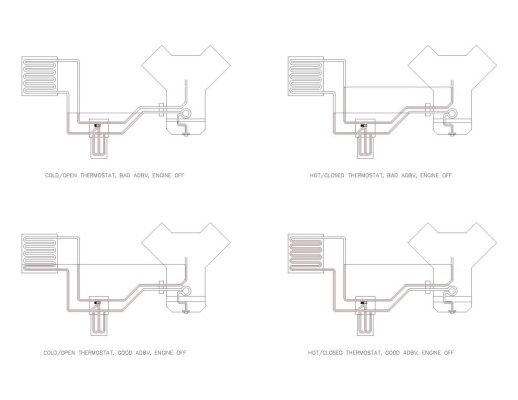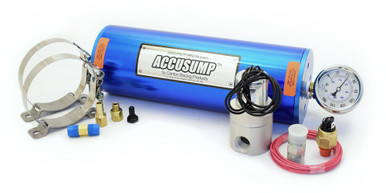Recently I have been doing more research into a check valve or accusump system to help keep the oil cooler full under cold starts so I can reduce the amount of time until full oil pressure is achieved minimizing wear and I just wanted to clarify something about this quoted statement - capacities, and how to check them - just incase someone stumbles upon this thread in the future (as I often find old threads across the internet that are inconclusive and/or wrong and they are so disappointing).
So, I think whenever I typed this up, that particular oil filter had a faulty or ineffective anti-drain back valve because all of the oil in the cooler shouldn't flow back to the pan after sitting for extended periods, for my configuration. Some of the oil on the upstream side of the filter will drain back into the pan via gravity but oil downstream of the filter wont be able to equalize with that level and flow back through the filter and into the pan if the anti-drain back valve is functioning, see attached OIL_COOLER_DRAIN-PDF. The route out of the cooler would equalize with the lowest opening in the main oil gallery, diagram is representative and not to scale. Once the thermostat in the remote filter mount starts to open/bypass or go "cold" that level still in the cooler would be able to eventually equalize with the lowest opening in the main oil gallery - depending on your oil temperature after you shut the engine off and thermostat setting, it may not take long for the thermostat to start to open in bypass mode. You can see in the diagram with a bad anti-drain back valve, much more of the oil would be able to make it back to the pan leaving a larger volume of air for the pump to overcome when starting.
Back to the statement to correct, whenever you're checking your oil level, the best time (most accurate) to do it would be when the oil is hot (thermostat is closed) and anywhere from 0-10 minutes after shutdown. You should be able to roughly determine increased capacity upon initial system installation, within a quart or so and gently drive it to get the oil up to temperature and the thermostat closed so you can shut it off and verify the full level in the most ideal condition, thermostat closed functioning anti-drain back valve, etc. Then after that, you can see where the level rises within an hour or more and note that particular level on the dipstick. For my system, it should not be at the notch as I previously noted.
The diagram is just roughly representative of the characteristics of my specific installation, the cooler being well above the pan and engine galleries, a dip with the thermostatic remote filter mount being slightly below pan, oil flowing into the bottom of the cooler and out of the top, thermostatic filter mount that opens/bypasses when cold, etc.
View attachment 535670
View attachment 535671
View attachment 535672
View attachment 535673
View attachment 535676
View attachment 535678


